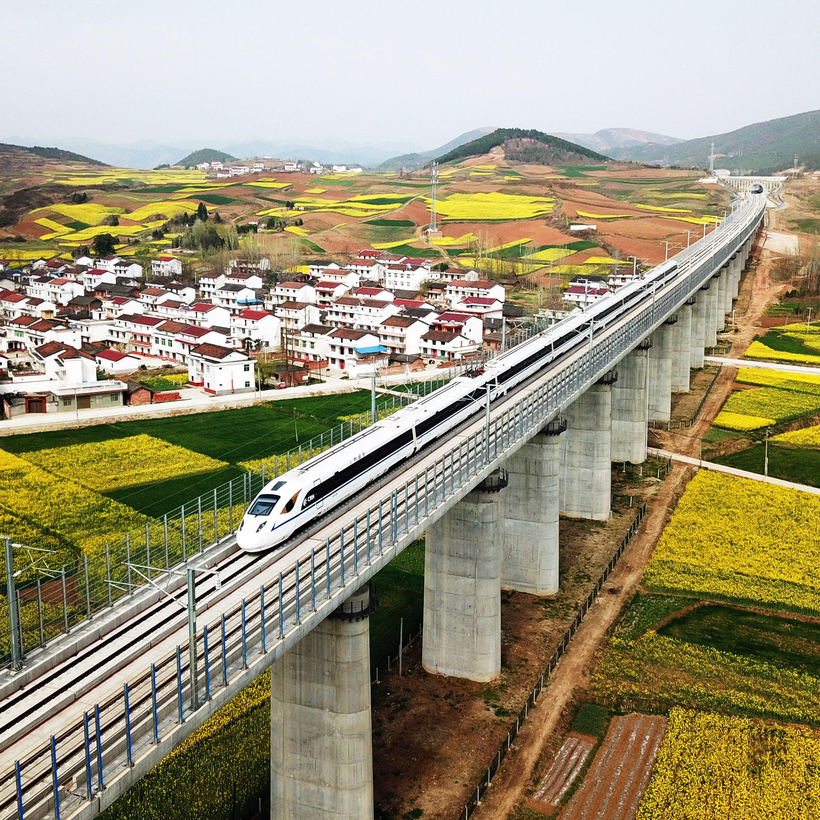Britain’s trains are being left behind by high-speed rivals in other countries because of congestion on the rail network, according to research.
An international study ranked British trains 13th fastest in the world, down from 2nd in the late 1970s.
The league table was based on the actual speed that trains achieved on weekday timetables rather than the maximum they were capable of on a particular line, making it more reflective of real-life passenger experiences.
The study, published by Railway Gazette International, found that China had by far the fastest services. One route between Beijing and Nanjing had average speeds of almost 200mph.
Italy, France, Spain and Germany, which have invested heavily in high-speed rail, all had trains that travelled far faster than domestic services in the UK. Russia, Turkey and Morocco also had trains that were capable of faster speeds than those in Britain.
Britain’s railway has barely changed since Victorian times, with express and “stopper” services often sharing the same lines. The findings were said to underline the need to build HS2, the £56 billion high-speed line. The network will carry trains capable of 250mph and almost halve journey times between London and Manchester. It should also free up capacity on Intercity routes such as the east and west coast main lines.

Nick Kingsley, managing editor of Railway Gazette International, said: “The speeds achieved by express trains on the east and west coast main lines are creditable considering the age of these railways. But running non-stop trains over long distances on routes shared with local, regional and freight traffic uses overall network capacity very inefficiently. Moving the fastest trains to purpose-built infrastructure in the shape of HS2 would alleviate the burden on the existing network in line with international best practice.”
The biennial study was based on an analysis of the fastest average speeds reached between two stations in each country, using timetables for May and June this year. The UK’s fastest service was Southeastern’s Javelin train which operates on the same tracks as the Eurostar. Trains between Stratford, east London, and Ashford in Kent had average speeds of 111.6mph.
Nusrat Ghani, the transport minister, said: “This underlines why HS2 is essential for our future rail network. We are also investing a record £48 billion to modernize the UK’s rail network.”

